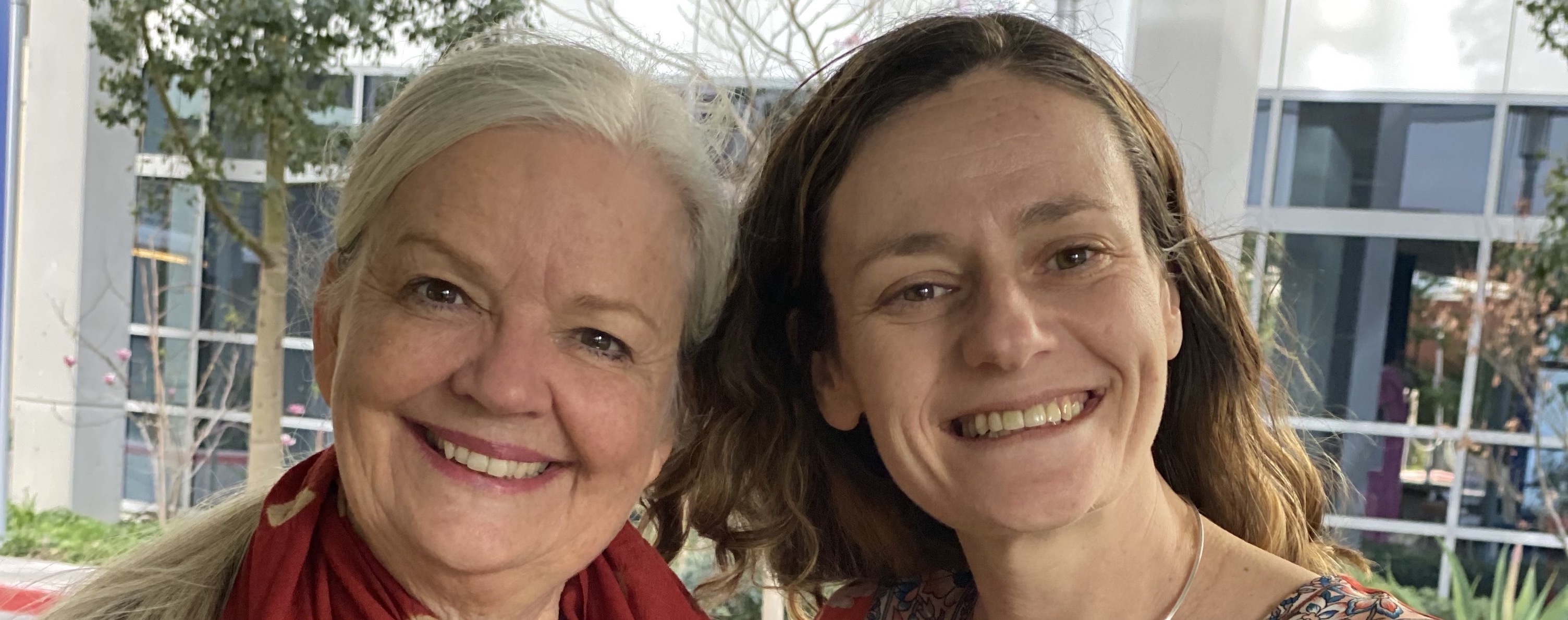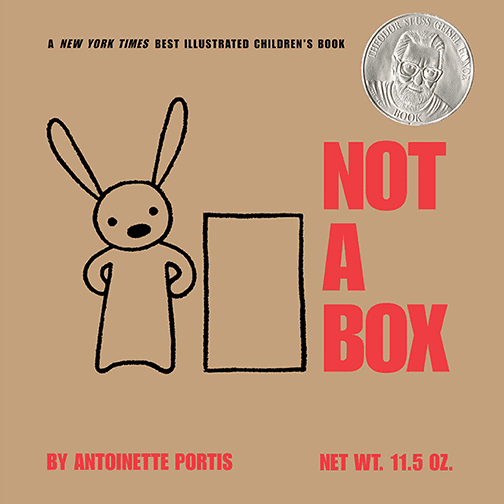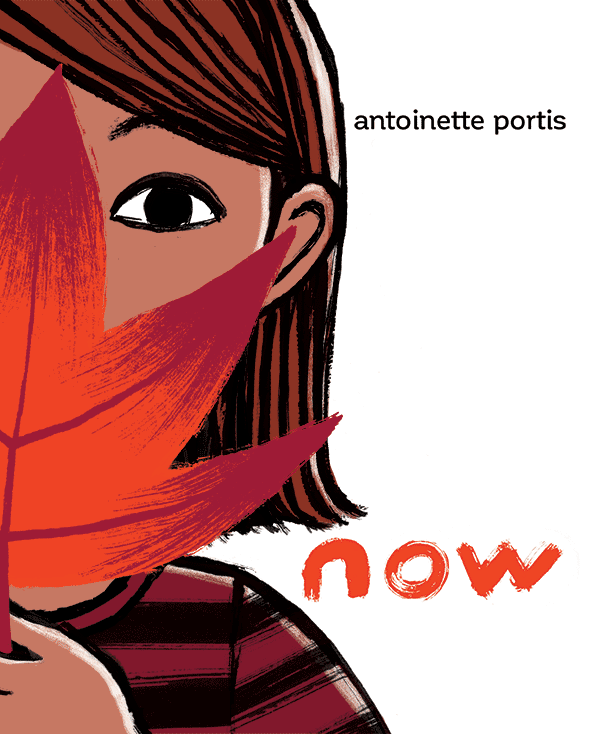This week at Tinkergarten, we’re all about our not-a-boxes — using our creative superpowers to turn cardboard into an endless set of new and exciting things. Families are turning boxes into race cars, robot suits, castles and more. Playing “not a box” this week is part of an ongoing focus on“It’s-not-a” play. We do a lot of that at Tinkergarten because it helps our little ones develop divergent thinking — a key component of creativity that can be boiled down to the ability to think freely in order to identify all of the possibilities in a given situation.
Many of us have a story about love for a particular cardboard box — maybe a new fridge came and, for weeks, its cardboard sheath became a magical play world. Or, others of us may remember as kids, we preferred the box it came in over the toy itself. There are lots of ways to foster fun with boxes, but one book in particular that has given our family a rallying cry around cardboard play is Not a Box by celebrated children’s author Antoinette Portis.
If you haven’t read it, you and your kids will likely be captivated by the simple, striking illustrations and the resonant back and forth between imaginative child and adult. The two voices surface the familiar disconnect between the adult seeing “just a box” and a child seeing endless, imaginative possibilities. Our kids love to read and re-read the book, shouting out the title as it repeats. You can even see us reading it live in a recent online Tinkergarten session.
The creator behind Not A Box
It turns out, there is but one thing more inspiring and delightful than reading Antoinette Portis’s Not a Box, and that is sharing a latte and a chat with her about children, creativity and the genuine joys in life. And, lucky for Brian and me, that is just what we got to do a few weeks ago. An artist, designer, children’s book author and illustrator, mother and eternal 5-6 year old at heart, Antoinette is a treasure.
Here are a few of the gems we took away from our chat with Antoinette. We hope they inspire you as well!
What inspired you to write Not a Box?
I had written another book for a class, and the teacher did not like it. In fact, she took a look at it, said “No,” and she flung it. She went on to tell me, “You should write from something that mattered to you as a kid.” Her belief is that everybody has an age in childhood with which they identify the most. For me, it’s ages 5-6 or K to 1st grade. And, the first thing that came to mind was sitting in a box, remembering how much fun my siblings and I had imagining, using different props, but the box was the most magical. I remember sitting in the driveway with my brother and the box was a train. Our tin can headlights seemed like an act of genius.
How did you decide to include the adult voice in the book?
I was at my mom’s house, years later, doing dishes and looked out the kitchen window at the driveway where my brother and I had played and started thinking abut what my mother must have thought as she saw us sitting in our boxes: "Argh, they’re going to leave the boxes in the driveway, and I’m going to have to move them to bring the car in.” And to us kids, it was just all about having fun.
Including opposing in the book was important to me because of that inherent tension between the universe kids inhabit and the adult universe, that push and pull is the atmosphere kids take for granted. They live in a world where adults have less patience for the ways kids think and act, and the adults are in charge. That is a huge part of childhood too, so I wanted that to be in the book, not just how fun it is to imagine and play.
[My]book Wait was about that push-pull theme. The idea came when I was sitting at a cafe, and saw a kid run away from his mom because there was a bug he wanted to see on the windowsill right in front of me. She grabbed his arm and yanked him back and down the street — and as I watched them go down the street with the poor guy staggering along on his tiptoes just trying to keep up. I knew there was a book there. We so rarely slow down to see the magic kids notice, and kids just have to keep up at our pace. When you can chill, chill.
What inspired your book Now?
Now was inspired by the way kids are always thinking, “This is my favorite!” Whatever is in front of them is their favorite — right now. It’s that enthusiasm that I love. I remember walking down the street and thinking, “This is my favorite wind!” and feeling a sense of joy that the wind was coming off the Santa Anas, and that I got to be in it. Kids get to roam around the universe thinking that every pebble, every acorn, every anything is the most amazing thing. I have a friend, who read her daughter’s diary, and she was disappointed that everything her daughter wrote about was her favorite. She wanted her to be more discerning, to differentiate better, but kids just want to behold and take it all in. Everything is amazing, and that is what it is to be a kid.
I feel like we are training our children to multi-task. You talk on the phone while you stir the spaghetti, and everything is a jumble of activities. I regret that we don’t go outside, find our friends, and not come home until dinner time. It was this freedom that taught us so much. If you were bored, mom would say, “Figure something out.” Now, it’s like “Oh no! You’re bored! Let me get you a screen or let me scurry to entertain you.” The resources it takes to entertain yourself — I hope children have time to develop them.
I would not be a writer now if I had lived a device life and hadn’t been allowed to be bored as a kid. It’s right on the threshold of boredom when the ideas come. Scientist says on his daily run, he gets his daily breakthrough or mind spasm. There is a poet who says there are poems out there, and you have to be open for them to find you — if we don’t slow down, they can’t find us.
How can we raise kids to be ready for anything?
It’s even the challenging moments that teach kids the most. You get a flat tire in the rain? That’s a chance to pause, laugh and just feel the rain together. What’s an unusual moment that could become a family story or memory? Have that moment. Lean into it. There’s plenty of time to fix the tire and get on with life. Teaching kids to roll with and even lean into whatever is happening helps them manage whatever comes their way.
What is your favorite memory of childhood play?
My all-time favorite book was My Side of the Mountain — I still look at hollowed-out trees to find my home. I loved when he trained a hawk and figured out how to survive. My friend and I used that idea to play in a way to find out how to be in nature and survive in nature. Magnolia leaves behind our ears, berries to stain cloth, mud pies to feed us. It was hours and hours of fun, and I still sense that feeling when I’m outside.
The takeaway
Only a few days into the 24/7 togetherness of quarantine, I’m grateful for the box play that is keeping my kids so very engaged. I’m also thankful for Antoinette’s reminder that there are two universes colliding in my house. Even though I like to feel connected to my inner child, my kids’ world is fundamentally different from mine. And, I am struggling, maybe a bit more than I realized, to maintain normalcy — adult normalcy. I can’t imagine not trying to still “get things done,” “stick to a schedule” or “keep things tidy.” But maybe letting up just a bit and crossing over into their joy and wonder a bit more during the coming days will be just the thing I need to get through.
Thank you to Antoinette for your time, your delightful stories and for showing us that it is possible to inhabit these two universes with such grace, wisdom and humor.




